Dogs are more than just loyal companions—they’re incredible health detectives. With noses that can detect even the faintest scent, dogs can sniff out diseases and conditions in humans long before symptoms appear. Imagine your dog warning you about a health issue before you even know something’s wrong!
This remarkable ability is no fluke. Dogs can identify everything from cancers to neurological disorders, often offering life-saving alerts. Their super-powered sense of smell is capable of sensing the subtle changes in our body chemistry that we simply can’t detect.
In this post, we’ll dive into 16 diseases and conditions that dogs can smell, showcasing how these furry guardians are not only protecting us emotionally but physically as well. Prepare to be amazed by just how much your dog can do for your health—and the unique bond they share with you in the process.
Cancer

Cancer is one of the most well-known conditions that dogs can detect. These skilled canines are trained to identify specific scents associated with various types of cancer such as breast, prostate, and lung cancer.
Their ability to pick up these unique odors comes from changes in volatile organic compounds that cancer cells emit. Research has shown that dogs can detect cancer with remarkable accuracy, sometimes even before traditional medical tests.
This breakthrough has opened new avenues for non-invasive cancer screening. Dogs’ intuition and keen senses have saved countless lives, offering hope where conventional methods may fall short.
Diabetes
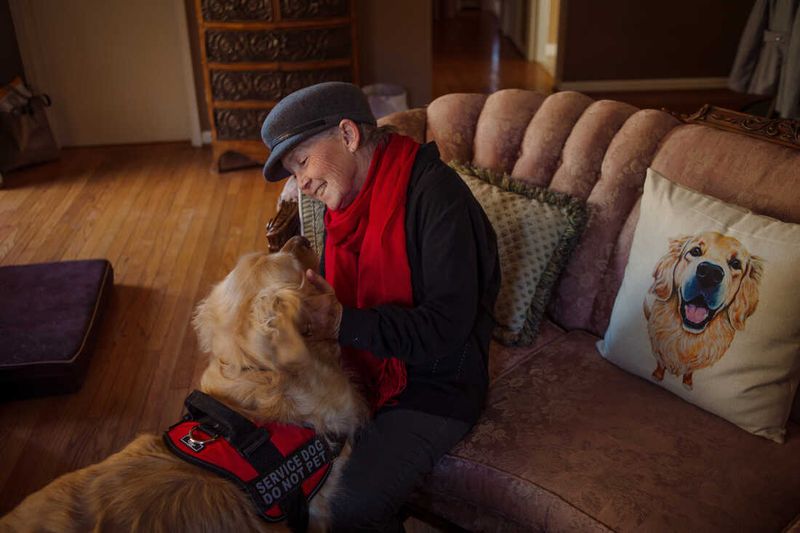
Diabetes is another condition that dogs are adept at sensing. These trained canine companions can detect changes in their owner’s breath or sweat, indicating a drop or rise in blood sugar levels.
For people with diabetes, this ability can be life-saving. Dogs are trained to alert their owners, providing them with enough time to take corrective action.
This natural skill enhances the quality of life for those affected by diabetes, offering peace of mind and independence. With their unwavering loyalty, these dogs become indispensable partners in managing this chronic condition.
Epilepsy
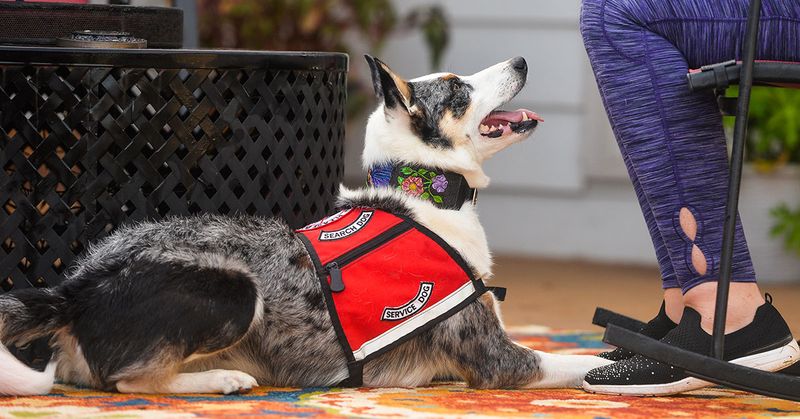
Epilepsy alerts are another incredible feat dogs can perform. Some dogs have the innate ability to sense an impending seizure in their owners. They may notice subtle changes in behavior or scent that precede a seizure event.
This warning can give individuals precious moments to find a safe place or alert someone for help. The bond between these dogs and their handlers is profound, as they provide not only safety but also emotional support.
Training these dogs enhances their natural instincts, creating a life-changing partnership for those living with epilepsy.
Parkinson’s Disease

Parkinson’s Disease is a neurological condition that affects movement. Some dogs have shown the capability to detect this disease by identifying changes in their owner’s scent.
This skill is still under research, but initial findings are promising. These dogs may be able to detect the disease before noticeable symptoms occur, providing an opportunity for early intervention.
By sensing subtle chemical changes, dogs offer hope for new diagnostic methods. Their contribution to understanding and managing Parkinson’s Disease exemplifies the profound connection between humans and their canine companions.
Migraine

Dogs have shown the ability to sense migraines before they start. For those who suffer from this debilitating condition, a dog’s warning can be invaluable. They might notice changes in their owner’s scent or behavior, signaling an oncoming headache.
This early alert allows individuals to prepare or take medication, potentially reducing the severity or duration of the migraine. The companionship of these dogs extends beyond their alerts, offering comfort during painful episodes.
Their presence and intuition provide a unique support system for migraine sufferers, enhancing their ability to cope with the condition.
Narcolepsy
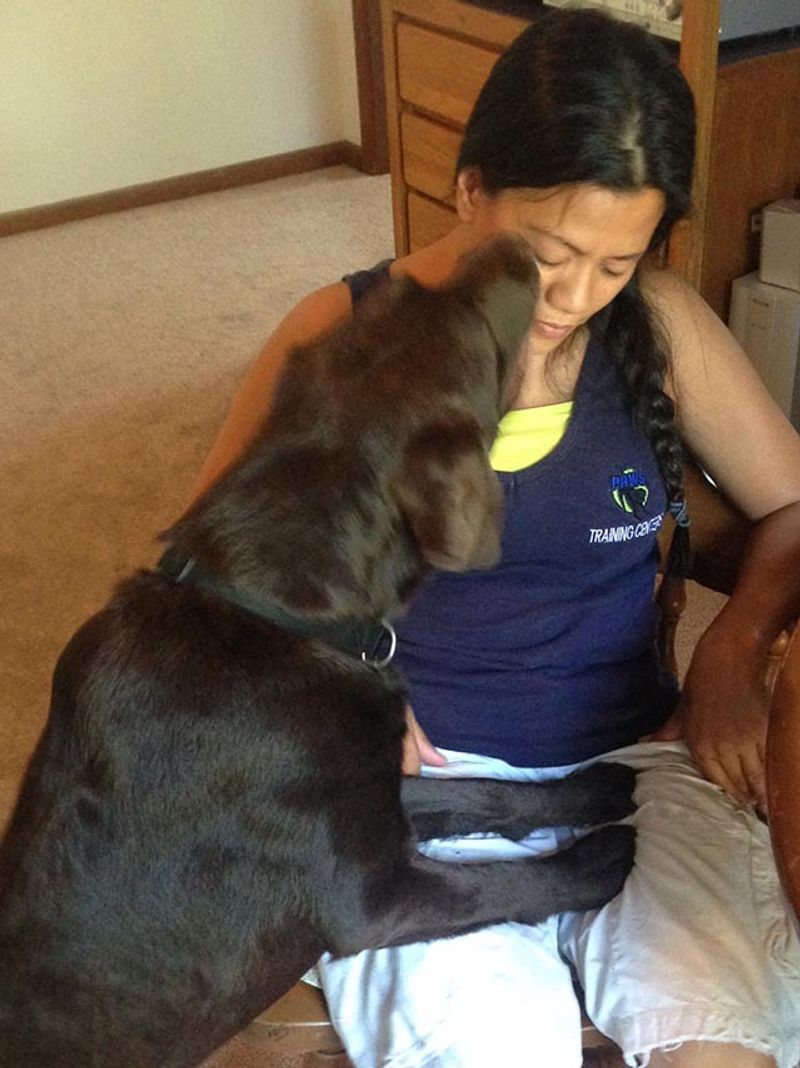
Narcolepsy is a sleep disorder characterized by excessive daytime sleepiness. Some dogs are trained to alert individuals with narcolepsy to an impending sleep attack.
They may detect changes in scent or behavior, providing a crucial warning. This alert allows individuals to prepare for the attack or find a safe place to rest.
The companionship and support of these dogs are invaluable, offering a sense of security and independence. Through training and natural instinct, dogs provide a unique solution for managing narcolepsy, enhancing the quality of life for those affected.
Bacterial Infections

Dogs have an extraordinary ability to detect bacterial infections. Trained dogs can identify specific scents associated with infections like Clostridium difficile (C. diff) or even urinary tract infections.
Their acute sense of smell allows them to pick up on these unique odors, often before traditional medical tests. This skill provides a non-invasive and rapid screening method, potentially speeding up diagnosis and treatment.
The use of dogs in detecting bacterial infections exemplifies their versatility and contribution to human health, showcasing the incredible capabilities of their olfactory senses.
Malaria
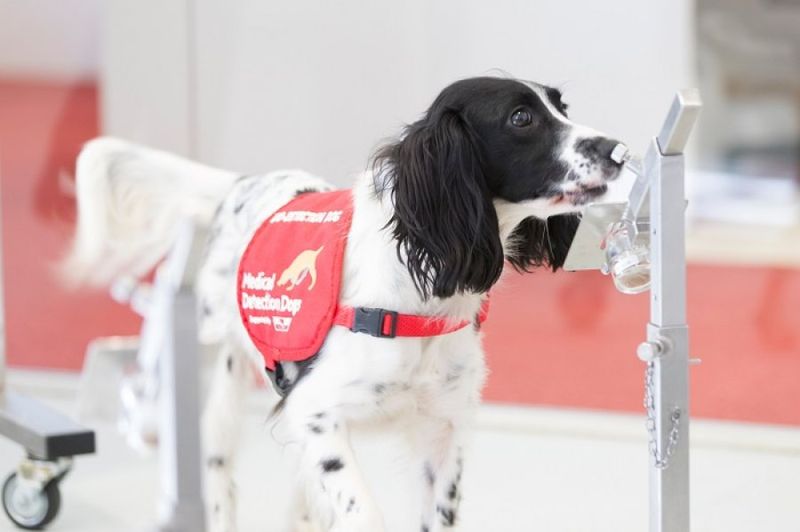
Malaria is a life-threatening disease caused by parasites, and dogs have shown potential in detecting it. Studies have demonstrated that trained dogs can identify the scent of malaria in clothing worn by infected individuals.
This ability provides a novel approach to malaria screening, especially in resource-limited settings. By detecting the disease early, dogs could play a significant role in controlling its spread.
Their involvement in malaria detection highlights the innovative ways in which canine skills can be harnessed to address global health challenges, offering hope for more accessible diagnostic methods.
COVID-19
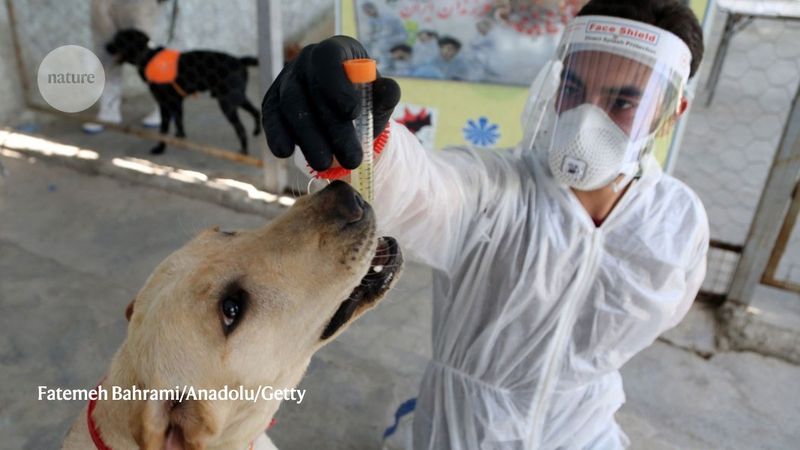
The global pandemic COVID-19 is another condition where dogs’ scent detection skills have been explored. Trained dogs can identify the virus by smelling samples of sweat or breath from infected individuals.
This non-invasive method has been tested in airports and public spaces, offering rapid and accurate screening. The use of dogs in detecting COVID-19 showcases their adaptability and the potential for innovative public health strategies.
Their involvement in pandemic response efforts highlights the diverse ways in which they contribute to human safety and well-being.
Tuberculosis
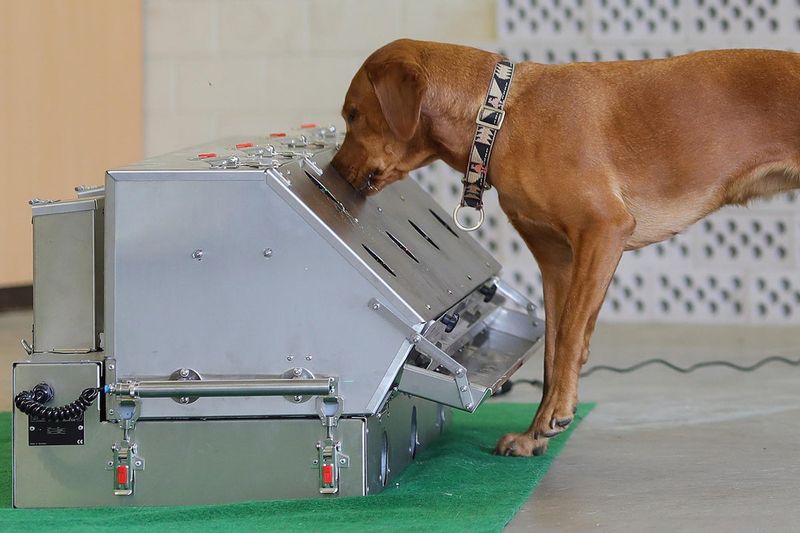
Tuberculosis (TB) is a contagious bacterial infection, and dogs have shown promise in detecting it. Trained canines can identify the scent of TB from samples like sputum, providing a rapid screening method.
This ability to detect TB offers an alternative to traditional testing, especially in areas with limited access to medical facilities.
The involvement of dogs in TB detection highlights their potential in supporting public health initiatives and controlling infectious diseases. Their contribution to TB screening exemplifies the innovative applications of canine scent detection.
Multiple Sclerosis

Multiple Sclerosis (MS) is a chronic condition affecting the central nervous system. Some dogs have shown the ability to detect changes related to MS in their owners, identifying shifts in scent or behavior.
This skill offers potential for early warning and management of symptoms. The bond between dogs and individuals with MS is profound, as they provide not only practical support but also emotional companionship.
Through their keen senses, dogs contribute to the well-being of those living with MS, enhancing their ability to navigate daily challenges.
Hypoglycemia
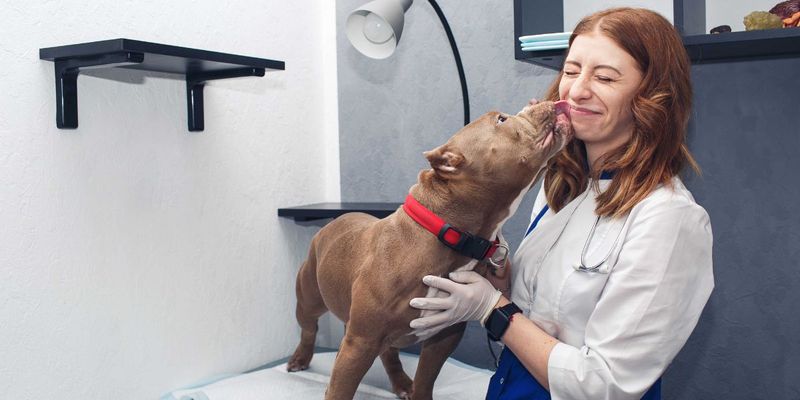
Hypoglycemia, or low blood sugar, is a condition that dogs can detect with precision. Trained dogs can sense the subtle changes in their owner’s scent when blood sugar levels drop.
This alert gives individuals the chance to consume sugar or take other corrective measures, preventing potential complications. For those affected by hypoglycemia, the companionship of these dogs offers not only safety but also a sense of independence.
Their ability to detect hypoglycemia showcases the life-saving potential of canine scent detection, providing reassurance to those who need it most.
Addison’s Disease
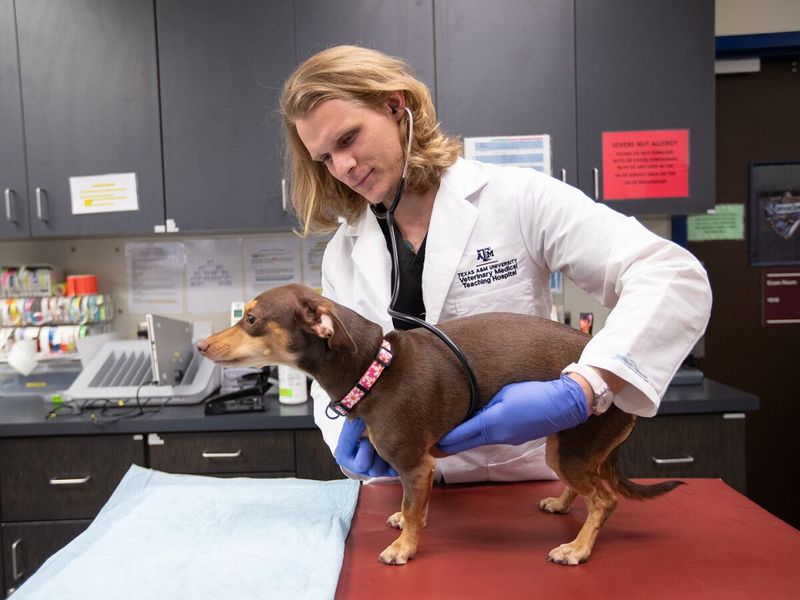
Addison’s Disease affects the adrenal glands, causing fatigue and muscle weakness. Some dogs have shown the ability to detect this condition by recognizing changes in their owner’s scent.
This skill offers potential for early detection and management. The partnership between dogs and individuals with Addison’s Disease goes beyond practical assistance, providing emotional support as well.
Their ability to sense changes related to this condition highlights the diverse applications of canine scent detection, offering hope for those affected.
Melanoma

Melanoma is a type of skin cancer that dogs may be able to detect through scent. Trained dogs can identify the unique odors emitted by melanoma cells, offering a non-invasive screening method.
This ability to detect melanoma has opened new possibilities for early diagnosis and treatment. The use of dogs in skin cancer detection exemplifies their remarkable olfactory capabilities, providing hope for better health outcomes.
Their involvement in melanoma detection highlights the innovative ways in which their skills can be harnessed to support human health.
Urinary Tract Infections
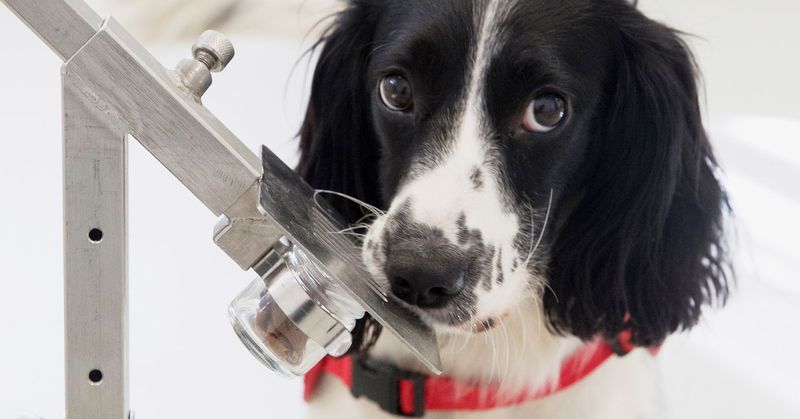
Urinary Tract Infections (UTIs) are common, and dogs have demonstrated the ability to detect them through scent. Trained dogs can identify the specific odors associated with UTIs, offering a quick and non-invasive screening method.
This skill provides a valuable tool for early diagnosis and treatment, reducing discomfort and complications. The involvement of dogs in detecting UTIs showcases their versatility and contribution to healthcare.
Their ability to identify infections underscores the profound ways in which canine scent detection can enhance human well-being.
Lactose Intolerance Detection
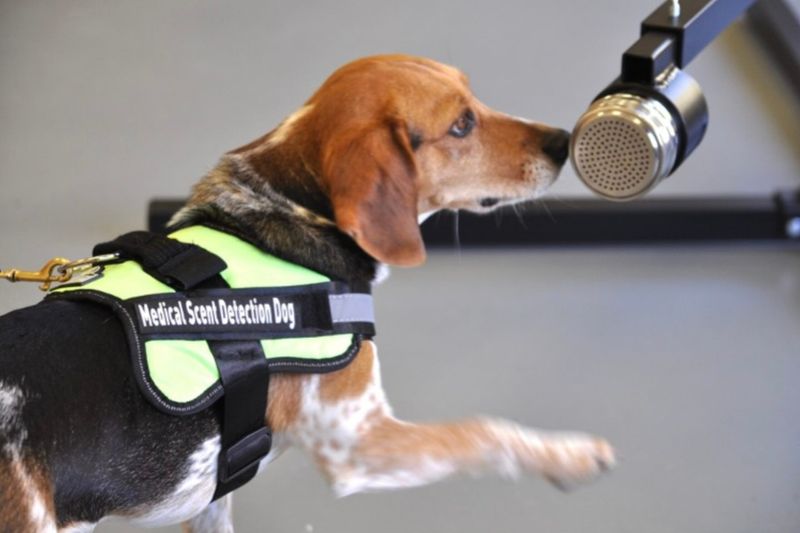
Dogs have been known to detect lactose intolerance in humans. This surprising ability comes from their keen sense of smell, which can identify the unique scent changes in a person upset by lactose.
Imagine a scenario where a dog sniffs out discomfort after someone consumes milk or cheese. Such detection could be immensely helpful for individuals who are unaware of their intolerance.
With a gentle nudge or specific behavior, a dog might alert its owner to avoid lactose-rich foods. This remarkable talent not only showcases a dog’s sensory skills but also provides a delightful way to promote awareness of dietary needs.

